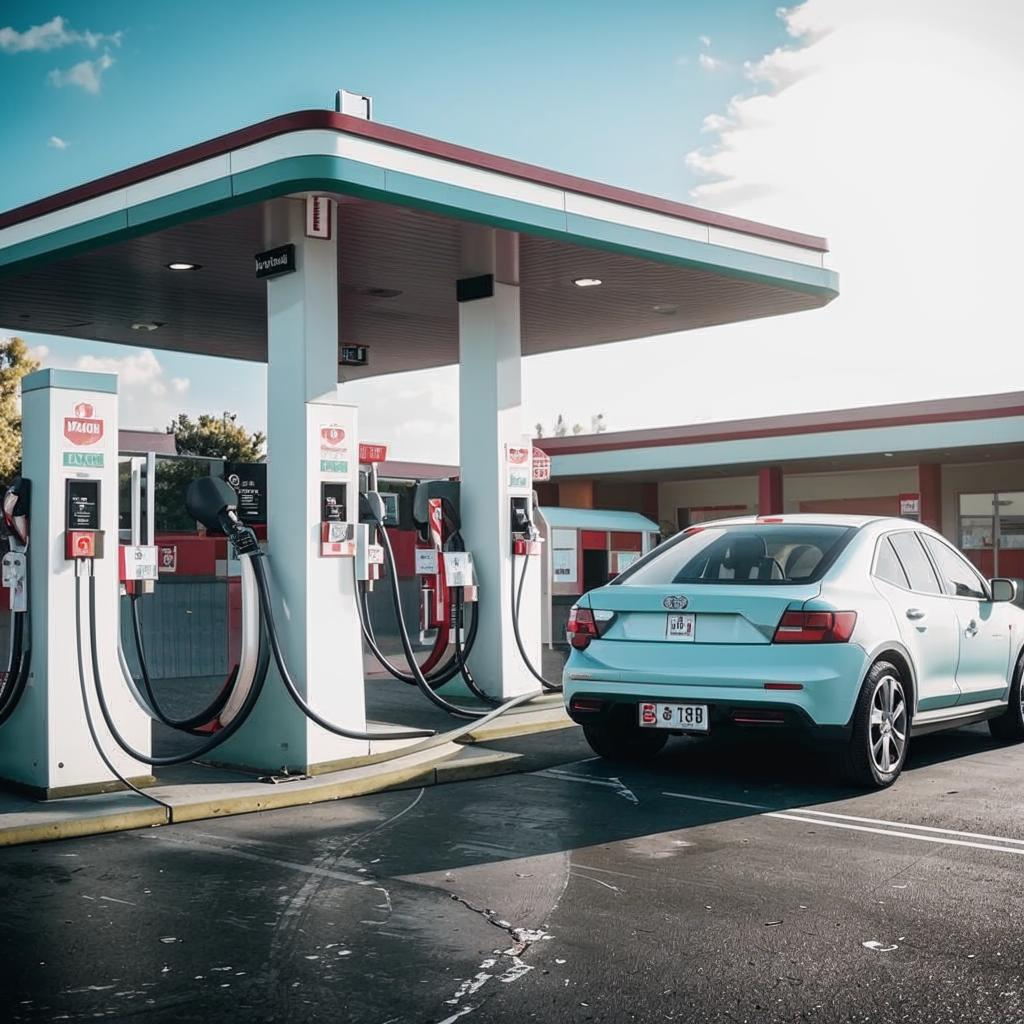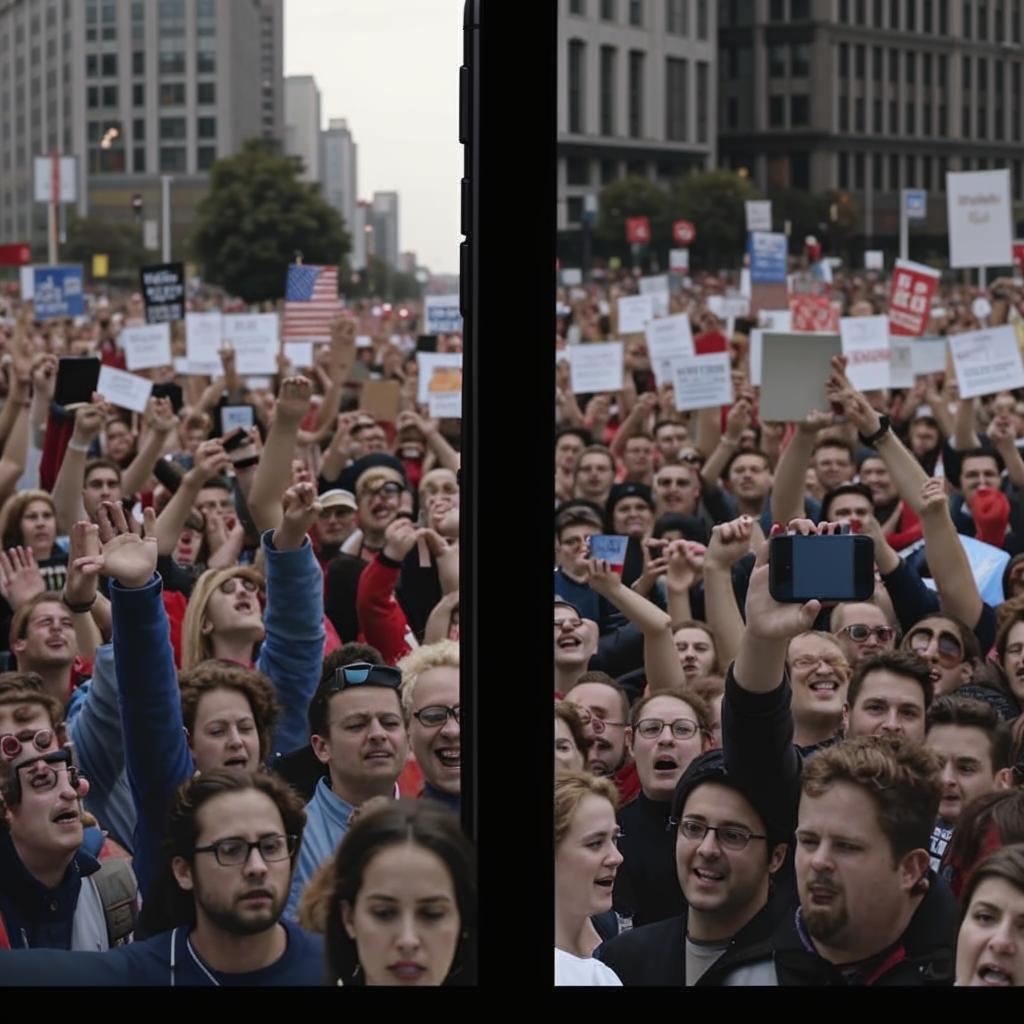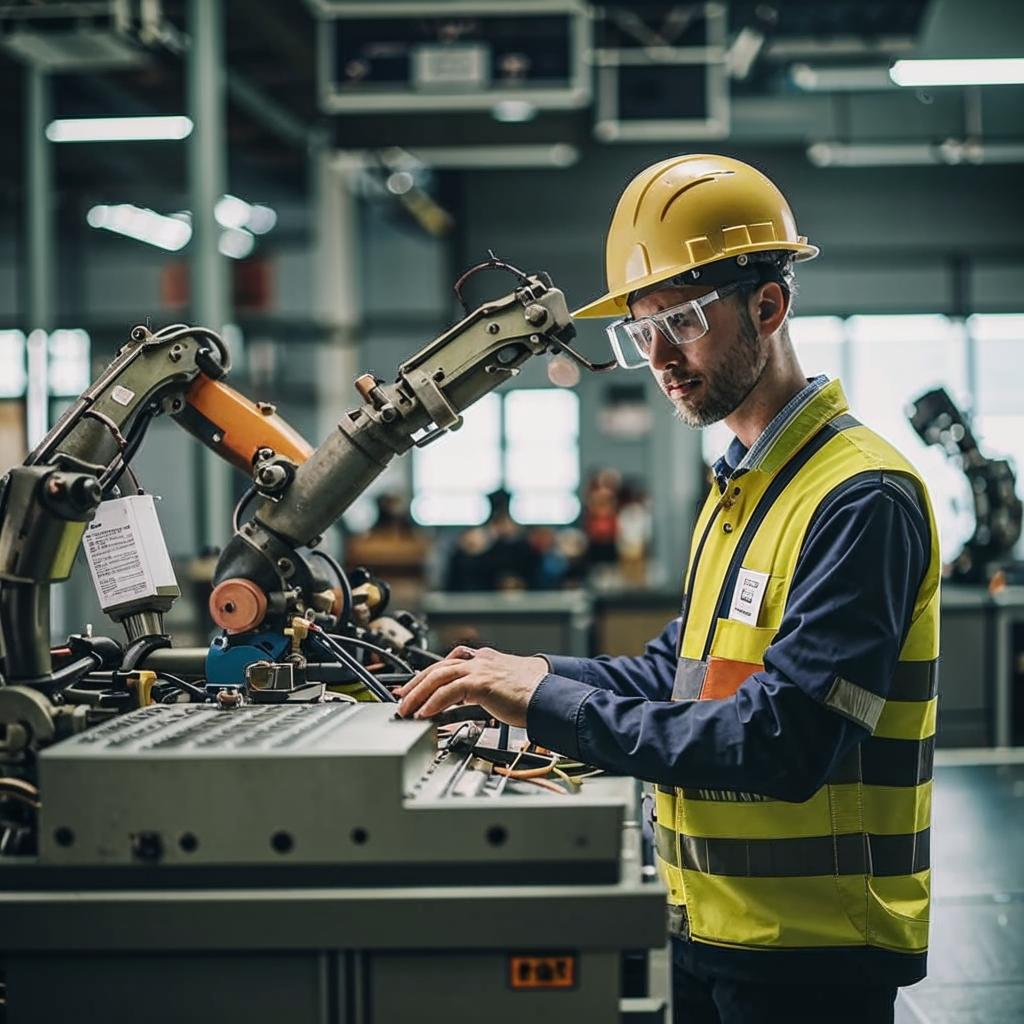The electric vehicle (EV) revolution is underway, but significant challenges remain before widespread adoption becomes a reality. While EV sales are steadily increasing, fueled by government incentives and growing environmental awareness, several factors are hindering progress. One major obstacle is the higher upfront cost of EVs compared to their gasoline-powered counterparts, despite lower long-term operating expenses. Affordability remains a key concern for many consumers.
The availability of charging infrastructure is another critical issue. While public charging stations are becoming more common, they are not yet ubiquitous, particularly in rural areas and apartment complexes. “Range anxiety,” the fear of running out of battery power before reaching a charging station, continues to deter potential buyers. Faster charging technology and a more comprehensive charging network are essential for alleviating this concern.
Furthermore, battery technology needs to improve. Increasing battery energy density will allow EVs to travel farther on a single charge. Lowering the cost of batteries will make the vehicles more affordable, and extending battery lifespan will reduce concerns about replacement costs.
Finally, government policies and regulations play a vital role. Continued subsidies, tax credits, and stricter emission standards for gasoline-powered vehicles can accelerate the transition to EVs. Moreover, investments in research and development, as well as public awareness campaigns, are crucial for fostering a broader understanding and acceptance of electric vehicles. Overcoming these hurdles will pave the way for a truly electric future. Finishtit












